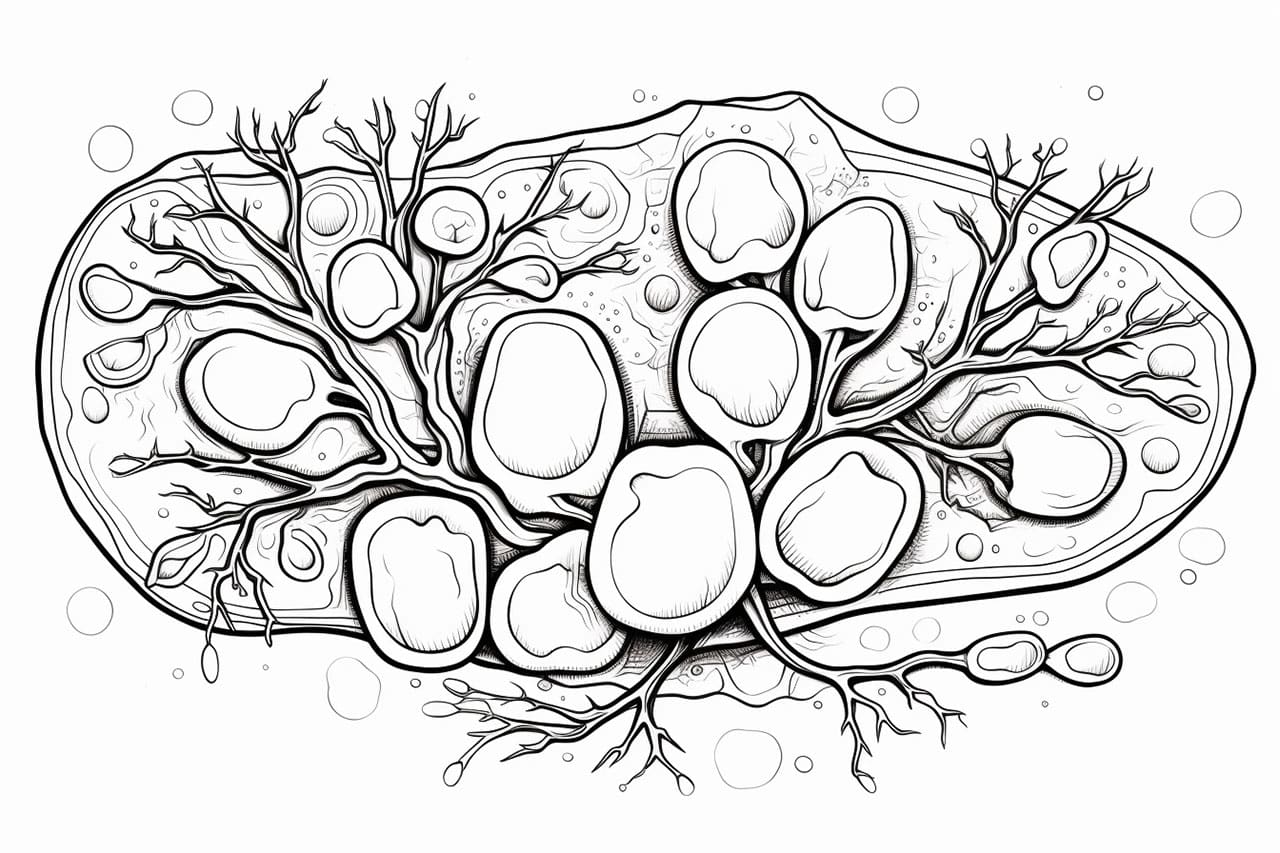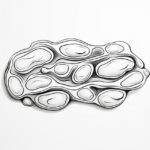Welcome to this step-by-step guide on how to draw a plant cell. Whether you’re a student studying biology or simply interested in learning about the structures within a plant cell, this tutorial will help you create an accurate and visually appealing representation. So, let’s dive in and explore the wonderful world of plant cells!
Materials Required
Before we begin, make sure you have the following materials handy:
Now that you have everything you need, let’s get started!
Step 1: Sketch the Cell Outline
Begin by drawing a square or rectangular shape in the center of your paper. This will be the outline of the plant cell. Use light, gentle strokes to create the shape, as these lines will be erased later.
Step 2: Divide the Cell into Equal Sections
Using your ruler, draw two vertical lines and two horizontal lines inside the cell outline to divide it into equal sections. These lines will serve as guides for placing the various components of the plant cell.
Step 3: Add the Cell Wall
Within the outermost square or rectangle, draw a thicker line to represent the cell wall. The cell wall is a rigid structure that surrounds the plant cell, providing support and protection.
Step 4: Sketch the Cell Membrane
Inside the cell wall, draw a thinner line to represent the cell membrane. The cell membrane is a semipermeable barrier that controls the movement of substances in and out of the cell.
Step 5: Draw the Nucleus
At the center of the cell, draw a circular shape to represent the nucleus. The nucleus is often referred to as the control center of the cell, as it contains the DNA and regulates cell activities.
Step 6: Add the Nuclear Membrane
Within the nucleus, draw another circular shape to represent the nuclear membrane. This membrane encloses the nucleus and separates it from the rest of the cell.
Step 7: Sketch the Nucleolus
Inside the nucleus, draw a small, dark spot to represent the nucleolus. The nucleolus plays a crucial role in the production of ribosomes.
Step 8: Draw the Cytoplasm
Around the nucleus, fill the remaining space within the cell with a lighter shading to represent the cytoplasm. The cytoplasm is a gel-like substance that fills the cell and houses various organelles.
Step 9: Add the Endoplasmic Reticulum
Within the cytoplasm, draw a series of interconnected shapes that resemble flattened tubes or sacs. These structures represent the endoplasmic reticulum, which is involved in the synthesis and transport of proteins and lipids.
Step 10: Sketch the Golgi Apparatus
Next to the endoplasmic reticulum, draw a stack of flattened, curved shapes to represent the Golgi apparatus. The Golgi apparatus processes and packages proteins and lipids for transport within and outside the cell.
Step 11: Draw the Mitochondria
Within the cytoplasm, draw several elongated ovals or sausage-shaped structures to represent the mitochondria. The mitochondria are often referred to as the powerhouses of the cell, as they produce energy through cellular respiration.
Step 12: Add the Vacuoles
Draw one or two large, circular shapes within the cytoplasm to represent the vacuoles. Vacuoles are fluid-filled sacs that store water, nutrients, and waste materials within the cell.
Step 13: Sketch the Chloroplasts
Within the cytoplasm, draw small, disc-shaped structures with green shading to represent the chloroplasts. Chloroplasts are responsible for photosynthesis, the process by which plants convert sunlight into energy.
Step 14: Add the Plasmodesmata
Finally, draw small dots or openings in the cell wall to represent the plasmodesmata. Plasmodesmata are channels that allow communication and transport of substances between plant cells.
Conclusion
Congratulations! You have successfully drawn a plant cell. By following these step-by-step instructions, you have created a visual representation of the various structures within a plant cell. Remember to experiment with different colors and shading techniques to make your drawing more vibrant and lifelike. Drawing and understanding the components of a plant cell can be a fascinating way to explore the complexity of living organisms.
I hope you enjoyed this tutorial on how to draw a plant cell. Now, grab your materials and start sketching! Happy drawing!









